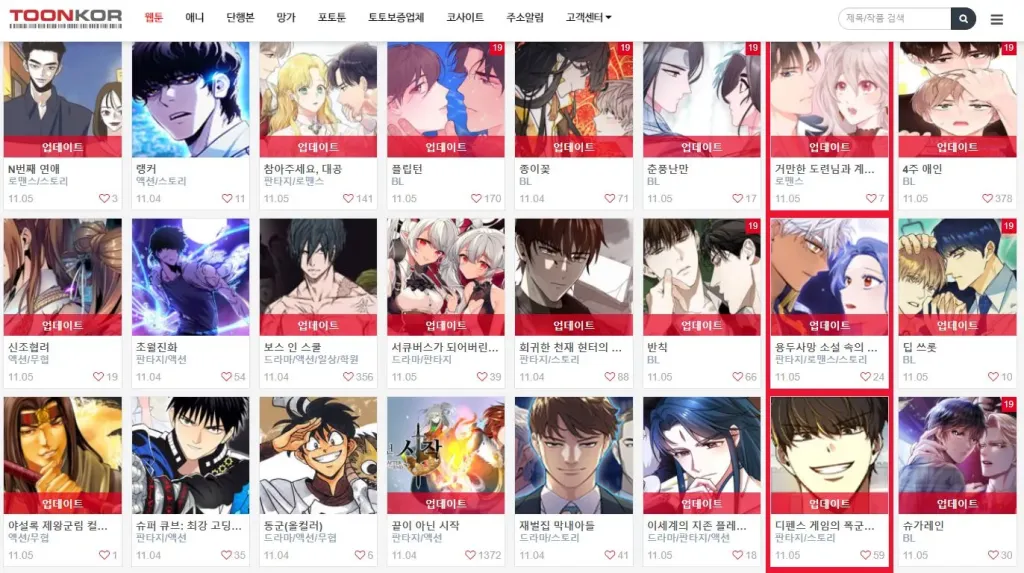Understanding Multimedia Storytelling Art
Understanding Multimedia Storytelling Art
Blog Article

Multimedia storytelling art is an evolving genre that combines various forms of media to create immersive narratives. With the rise of digital technology, this art form has become increasingly accessible and engaging for creators and audiences alike. By integrating visual elements, sound, text, and interactivity, multimedia storytelling captivates audiences and allows for deeper emotional connections. This article will explore the key components, benefits, and future of multimedia storytelling art, as well as its applications across different fields.
Understanding Multimedia Storytelling Art
At its core, Multimedia storytelling art harnesses the unique strengths of different media to tell stories that can be both informative and entertaining. It goes beyond traditional storytelling methods by incorporating audio, video, graphics, and interactive elements to enhance the narrative. This multi-faceted approach allows for a more engaging experience, as audiences can explore stories from multiple angles and perspectives.
The Components of Multimedia Storytelling
There are several key components that make up multimedia storytelling art. These include:
- Visuals: Images, graphics, and videos are essential in grabbing the audience's attention and conveying emotions. They help to set the tone and provide context for the narrative.
- Audio: Sound effects, music, and voiceovers enhance the storytelling experience, adding depth and atmosphere that visuals alone cannot achieve.
- Text: Written content can provide important information or context that helps to guide the audience through the story.
- Interactivity: Allowing users to interact with the story—such as choosing different pathways or engaging with multimedia elements—creates a more personalized experience.
Benefits of Multimedia Storytelling
The benefits of multimedia storytelling art are numerous, making it a preferred choice for many creators. One of the most notable advantages is its ability to engage diverse audiences. By appealing to various senses, multimedia storytelling can cater to different learning styles and preferences, making it accessible to a broader range of people.
Additionally, multimedia storytelling often facilitates deeper emotional connections. The combination of visuals, sounds, and narratives can evoke strong emotions, making stories more memorable. This emotional resonance is particularly valuable in fields such as marketing, education, and social advocacy, where the goal is to inspire or motivate audiences.
Applications Across Different Fields
Multimedia storytelling art has found applications across various sectors, including:
- Education: Educators use multimedia storytelling to create engaging lessons that capture students' interest and enhance retention of information.
- Marketing: Brands leverage multimedia storytelling to create compelling advertisements that resonate with consumers and build a strong brand narrative.
- Journalism: News outlets utilize multimedia elements to provide in-depth reports that offer a richer context, allowing audiences to better understand complex issues.
- Gaming: The gaming industry is a prime example of multimedia storytelling, where interactive narratives immerse players in captivating worlds.
The Future of Multimedia Storytelling Art
As technology continues to advance, the future of multimedia storytelling art looks promising. Virtual reality (VR) and augmented reality (AR) are on the rise, providing even more immersive experiences for audiences. These technologies allow storytellers to create environments where audiences can not only observe but also participate in the narrative.
Furthermore, with the growth of social media platforms, the potential for multimedia storytelling has expanded dramatically. Creators can reach global audiences instantly, sharing unique stories that resonate across cultures. As a result, the evolution of multimedia storytelling will likely lead to new forms of expression and innovation, shaping how we communicate and connect in the digital age.
In conclusion, multimedia storytelling art is a dynamic and engaging way to convey narratives, leveraging the power of various media to create memorable experiences. As technology continues to evolve, this art form will undoubtedly continue to transform, offering exciting possibilities for creators and audiences everywhere.
Report this page